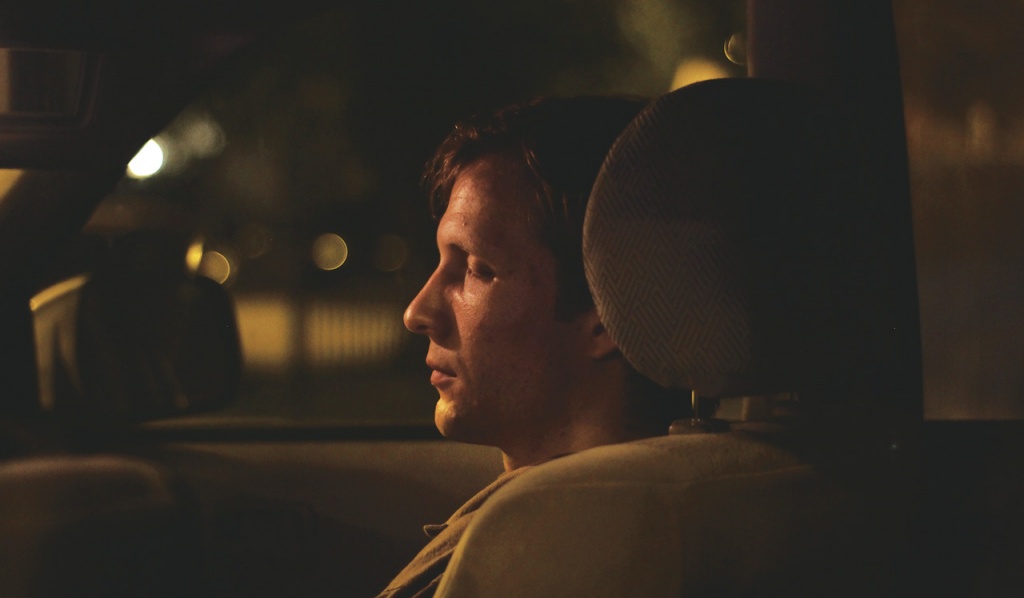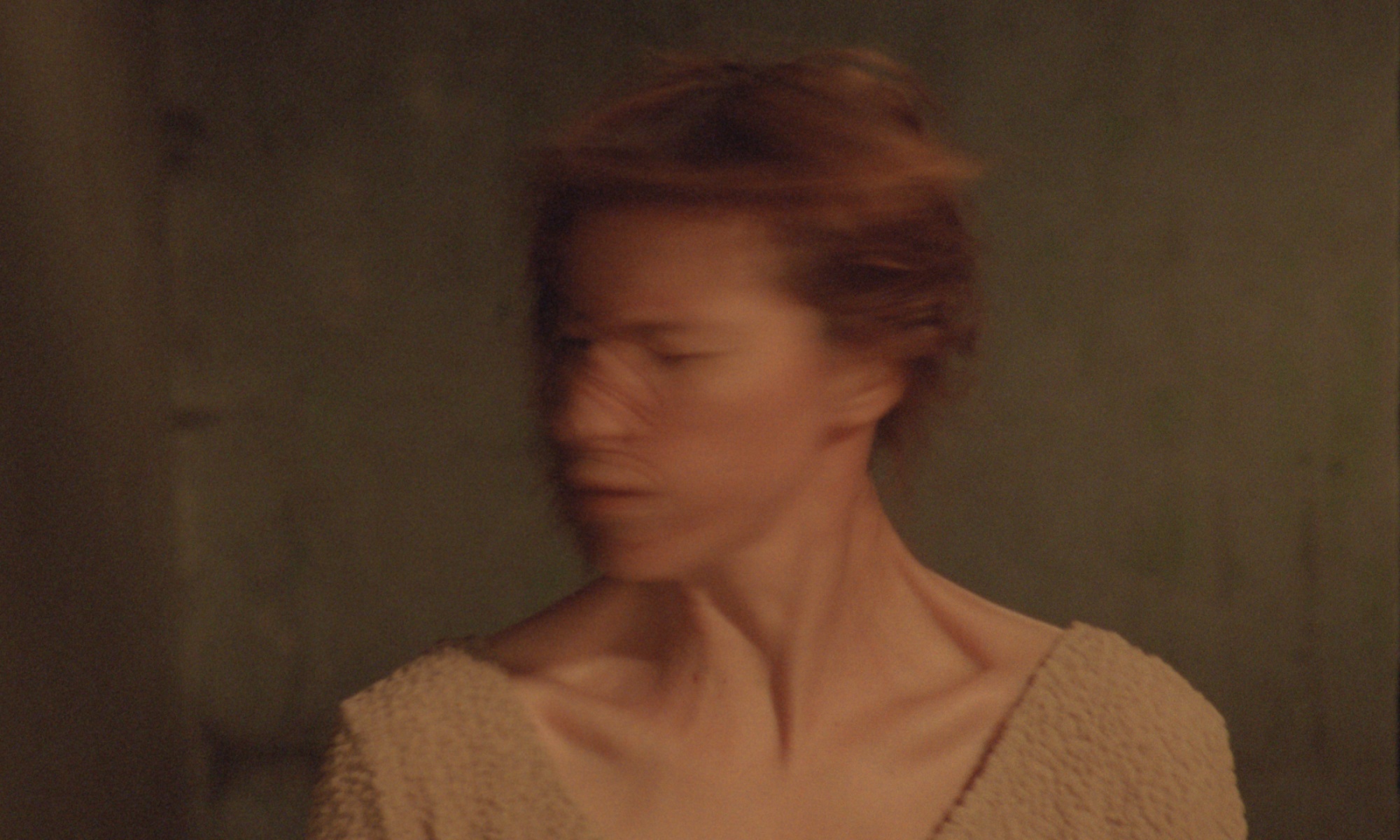
Cinema began in wonder, the wonder that reality can be transcribed with such immediacy. All of cinema is an attempt to perpetuate and to reinvent that sense of wonder.
—Susan Sontag1
If the wonder of cinema is reality transcribed with immediacy, this transcription involves not only the physical, but also the imaginary in life. The wonder of a scene, an image, or sound, finds impact with the sensory experience—fractured memory digs back into a mental landscape prompting a complex process of emotion. A film captures such time and space, recalling a history or atmosphere from memory. After his own experience acting on film, Jacques Derrida claimed that cinema was the art of phantoms. He asserted, “When the very first perception of an image is linked to a structure of reproduction, then we are dealing with the realm of phantoms.”2 This interface between image and psyche has occupied media dialogue since the advent of the reproduced image, a conversation that continues as new technologies transform the face and space of the cinematic experience.
Inasmuch as film explores the realm of phantoms, it also engages the realm of real life. Exploring the conceptual foundations of the real and imagined place, artist Melika Bass re-examines the role of capturing and experiencing a recorded moment on film. Favoring visual essay for conventional narrative, and video as her medium, Bass touches on ideas of home, industry, land, and isolation. With her latest work, Slider Chamber (2013), the artist constructs a world where a car window acts as a screen, and the sky acts as projected cinema, imbuing notions of nostalgia and hyper-sensory experience in urban life. The large scale, three-channel HD video weaves its melancholic tone into an additive portrait of a figure speeding through time and space, tracing ideas of the captive passenger, and the exhilaration of movement. Tensions of control and observation resonate as the viewer witnesses cascading imagery that attracts and menaces their perception.
Who is driving and where are they going?
This exhibition is a meditation on the distancing, entrancing physical membrane of the framed image, and the idea that the gaze itself can allow a kind of freedom. In the tradition of contemporary moving image installation, Bass’s concept for Slider (2012) and Slider Chamber (2013) explore both the passivity of the viewer and the action of reflection in the gallery. Blurring the boundaries of architectural and psychological space, Bass offers a reflexive critique of the anxieties explored on film.
Inside a built environment, three surfaces act as separate car windows, alternately revealing the abstracted surface of the window glass, the road, and the fragmented landscape beyond, as the vehicle moves through the night. Through each window we see reflections and refractions of light. Hulking industrial compounds, fences, abandoned lots, windows ablaze with TV light. These impressions blur and drone in suspended time, and then a car window lowers, and a blast of fresh air breaks the seal. The snow globe-like gaze transforms as car wheels stop, a backdoor opens, and a figure glides out—onto the street, then back again, into another car’s backseat—as second set of windows start to roll. In the cyclical journey of Slider, these new landscapes feel familiar, though they bear the weight of the next destination.3
The sound in Slider Chamber creates both a literal simulation and a phantom body. It sometimes acts as the passenger, and, in other instances it implicates the viewer-listener. The dual split stereo audio for speakers and headphones resonates in the listening chambers of the ears, enacting the auditory senses, and in the acoustic space between the gallery walls. The simulacrum of the car and its passenger encapsulated inside, becomes doubled through the aural space of the headphone audio, provoking a simultaneous sense of inside and outside. What emanates through the headphones evokes the physical nature of sound—the audio literally placed on the viewer-listener —pours directly into their ears. Sound is always sourced, and in Slider Chamber, this notion extends to the mind’s eye when awake, and into abstraction when dreaming or thinking.
With a vision for the installed film as experience, Bass nods to the artistic modes of Matthew Buckingham and Tacita Dean, while recalling Sontag’s cinephilic nostalgia: “[a] desire embodied by the movie experience…what you appropriated for yourself was the experience to surrender to, of being transported by, what was on the screen. You wanted to be kidnapped by the movie—and to be kidnapped was to be overwhelmed by the physical presence of the image.”4
Mediating the boundaries of space, Bass encourages a portrait of urban memory, recalling a mystical wonder through a camera obscura of curiosities, thus demarcating an environment where realms of imaginary and real co-exist.
—Robyn Farrell, Associate Curator, Department Modern and Contemporary Art, Art Institute of Chicago
An earlier version of this essay appeared in the exhibition, Slider, at BOLT Project Space, Chicago Artists’ Coalition, Chicago, Illinois, 2012.
1 Susan Sontag, “The Decay of Cinema,” The New York Times, February 26, 1996.
2 Jacques Derrida with Mark Lewis and Andrew Payne, “Entrevue avec Jacques Derrida/The Ghost Dance: An Interview with Jacques Derrida”, Public 2: The Lunatic of One Idea, 1989, pp 60-74.
3 Melika Bass, Artist’s Statement, Slider at BOLT Project Space, Chicago Artists’ Coalition, Chicago, Illinois, 2012.
4 Sontag, Susan, “The Decay of Cinema.”
